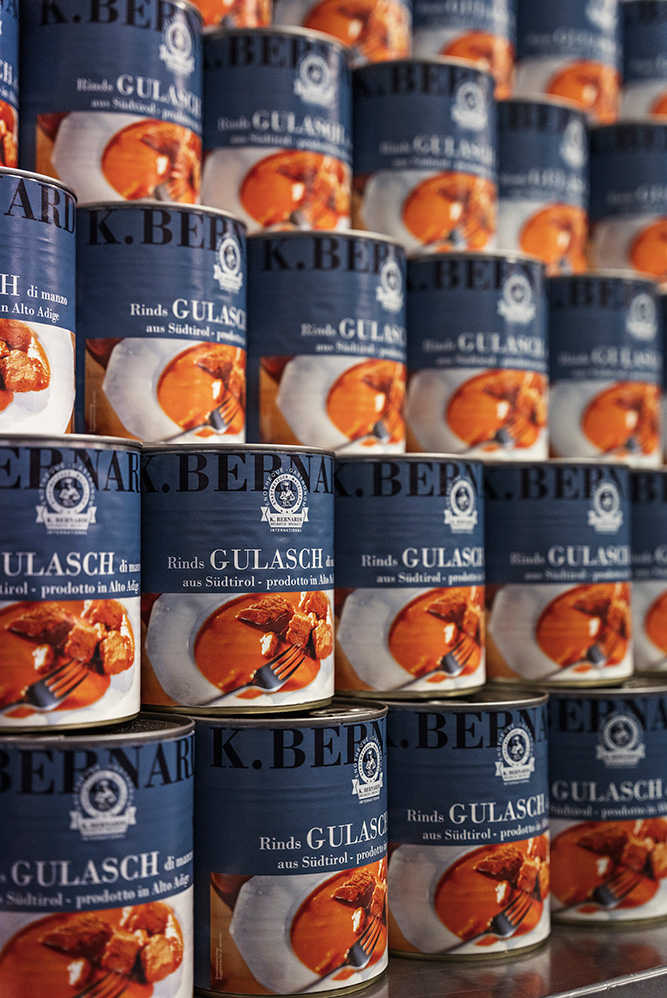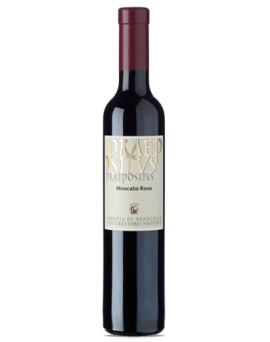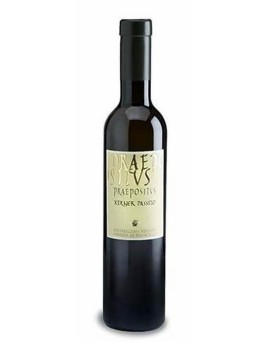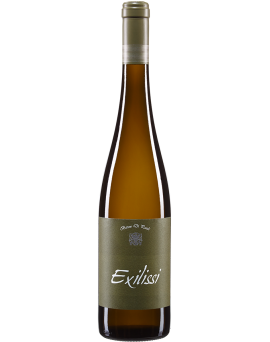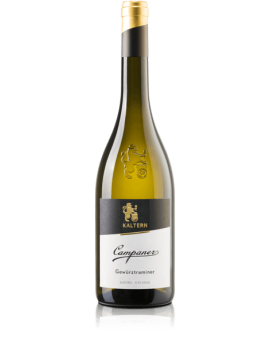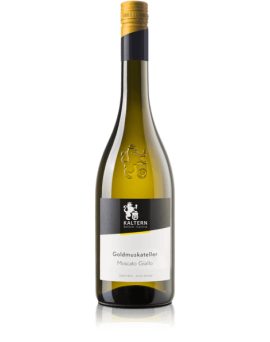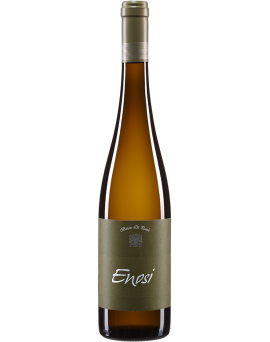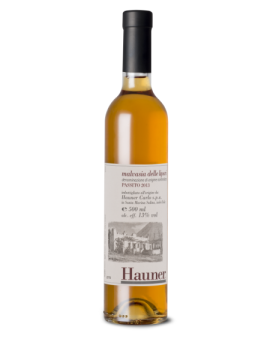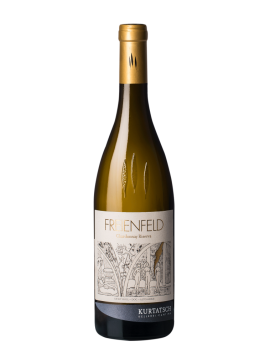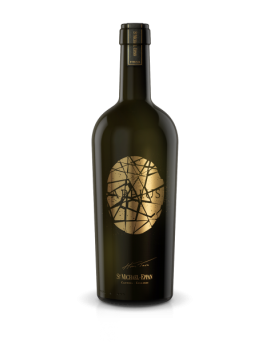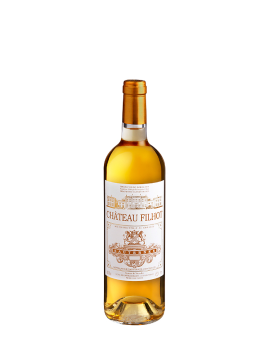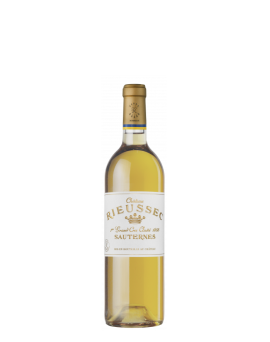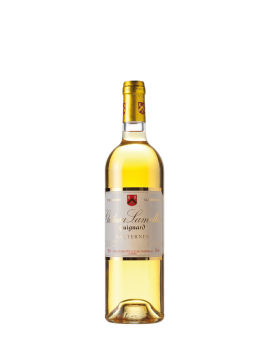The Sauternes and Barsac AOCs are located south of Bordeaux, specifically in the Graves. Both AOCs date back to 1936. The area known as Sauternais comprises five<br />communes: Barsac, Bommes, Fargues, Preignac and Sauternes; while that of Barsac exclusively comprises the commune from which it takes its name. It is worth noting<br />that this specification allows Barsac producers to name their wines both Barsac and Sauternes AOC (both are often mentioned on the label), while Sauternes producers can<br />only name their wines Sauternes AOC. The area's soils are of alluvial origin with a good presence of limestone; what gives this area its unique characteristics is the<br />microclimate created by the Garonne and Ciron rivers and its proximity to the Atlantic Ocean: these presences are decisive in favouring the development of pourriture noble,<br />noble rot, on the grapes, creating a unique concentration. The varieties used for the AOC Sauternes and Barsac are: Sémillon, Sauvignon Blanc and Muscadelle.<br />The quality of the wines produced in these areas has a long history, in fact as early as 1855 Napoleon III, drawing up the first classification of Crus, recognised Château<br />d'Yquem as the only Premier Cru Supérieur located outside the Medoc, followed by two other categories: Premier Cru (11 Châteaux) and Deuxième Cru (15 Châteaux).<br /><br />Varieties: Sémillon, Sauvignon Blanc, Muscadelle.<br /><br />Vineyards: The Château Lamothe Guignard vineyards are located on two different terroirs, one of which, the most important, lies on higher plateaus with gravelly soils, while<br />the other slopes gently down the clay-gravelly slopes facing north and north-west. 90% of the grapes produced are Semillon, the remaining 10% being Sauvignon and<br />Muscadelle.<br /><br />Vinification: the Sémillon, Sauvignon Blanc and Muscadelle grapes are vinified separately; three quarters of the must, of good organoleptic quality, is obtained in the first<br />pressing, but the one with the highest sugar content is obtained from the next two. Fermentation is carried out by indigenous yeasts and lasts two to four weeks. The ageing<br />of Château Lamothe Guignard Sauternes lasts from eighteen to twenty months in oak barrels.<br /><br />Characteristics: Château Lamothe Guignard is rich, opulent on the nose. The finish is full with notes of honey.<br />
Price
€30.60

